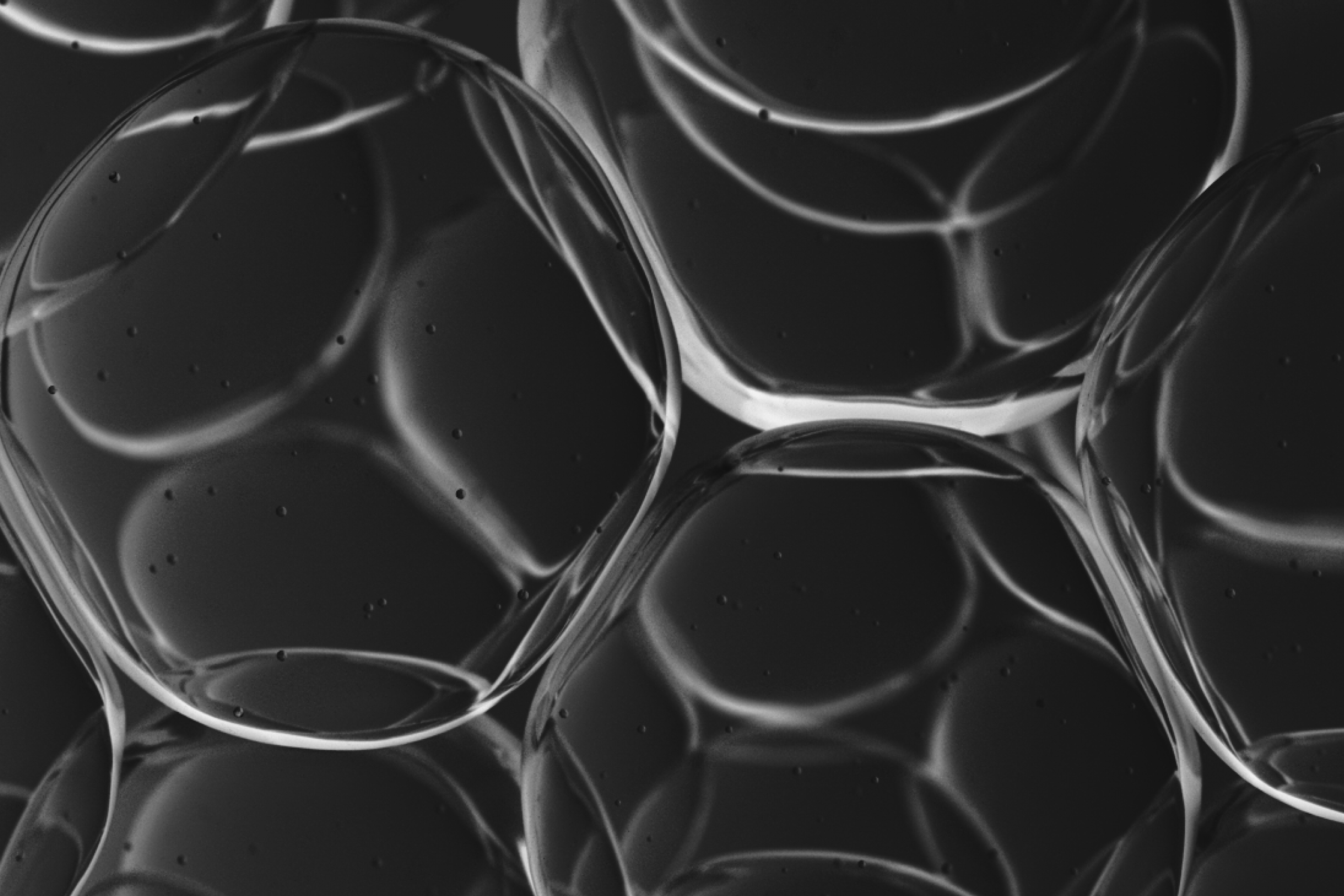Plant Based Nutrition & Gut Health
It is thought that our ancestors gradually discovered medicinal properties of plants. Modern science starts to confirm these century-old assumptions.

January 15, 2019
5 min read
Plants occasionally have an interest in our health, sometimes with the help of bacteria.
Around 5000 years ago, in the middle eastern region known as the Fertile Crescent, Sumerians were already cultivating dozens of plants, including the ancestors of our modern wheat, lentils, peas, and barley. The resulting diet was surprisingly balanced in carbohydrates and proteins. Dating from the same period, a cuneiform tablet describes the medicinal properties of thyme, willow, pear or dates (1).
Of course, nutritional value is the main reason why we added plants to our table. Just think of the potato and how fast it propagated from its Peruvian origin. A couple centuries only after European discovered this exceptionally nutrient-rich tuber, it was providing commoners of the Old World with most of their daily calories.
We also pick plants for their flavor. Most spices and many vegetables own their distinctive taste from compounds which help them fight pests. As much as they are attractive to us, the scents of mint, basil or rosemary are toxic or repulsive to foraging insects. The slight bitterness of cabbage is a warning sign: I am toxic. Yet, the bitter compound is not only harmless to us (unless eaten in huge quantities), but also delicious.
Nutriment and flavors are important, but what about health? It is generally thought that our ancestors gradually discovered medicinal properties of plants. Modern science sometimes confirms these century-old assumptions.
Fruits, Nuts, And Berries Want To Be Eaten
When it comes to many fruits, nuts, and berries, the plants chose us.
Bright colors, sought-after sweetness, and fatty content attract birds, rodents, bears, humans, and many other animals. Well-protected seeds often pass through digestive tracts and end up disseminated and ready to hatch – coated with a free layer of fertilizer! Nuts are typically stored in the ground by small mammals for the colder months or accidentally dropped by birds. As a result, countless trees owe their existence to a forgetful squirrel or an awkward raven.
Berries Have Interests In Our Health… And So Do Bacteria
Many fruit-bearing plants go one step further in their strategy. They don’t just attract seed disseminators: they keep them healthy. Certain fruits, nuts, and berries are known to provide fairly large quantities of antioxidants and vitamins. Amongst these, the pomegranate is perhaps one of the first cultivated fruits in human history known to have many health promoting and anti-aging benefits.
These fruits also contain other molecules which did not catch our attention until recently. Called ellagitannins, these compounds remained unnoticed for a good reason: they have no obvious health benefit.
When we absorb ellagitannins from pomegranates, walnuts, and blackberries, bacteria in our digestive tract break down these big molecules into smaller ones, which we can assimilate and send into our bloodstream. Among these byproduct metabolites, we find Urolithin A.
Most gut bacteria have a selfish interest in helping us. First, a healthy host is nothing less than a safe home. Second, vigorous individuals have greater chances of reproducing and transmitting their bacteria to their offspring (2). By making us healthier, gut bacteria give themselves an evolutionary edge. This is why science discovers more and more of their positive effects (3), from fine-tuning our immune system to providing several beneficial molecules – including Urolithin A. However, not everyone has the right gut bacteria to transform ellagitannins and generate Urolithin A (4).
It matters, because Urolithin A has been proven to enhance the cellular and mitochondrial health in pre-clinical studies. Did you know that mitochondria started off as independent bacteria, too? During evolution, these bacteria developed a symbiotic relationship with host cells leading to their becoming integrated with the host cells’ machinery –the so-called “microbiome-mitochondrial” axis of health.
As a result of Urolithin A’s role, nematode worms live longer, and rodents show an increased endurance (5). Human trials are on their way, but we already know that Urolithin A triggers our cellular activity in a comparable manner (6).
The beauty of it is that none of it would work without a million years of co-evolution between plants, animals, and bacteria. It is now up to us to take this process, fine-tuned by evolution, and use it to keep our cells, and muscles, healthy.
Authors
Amazentis Editorial Staff


